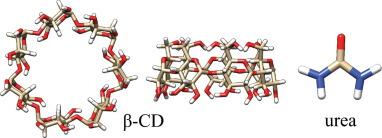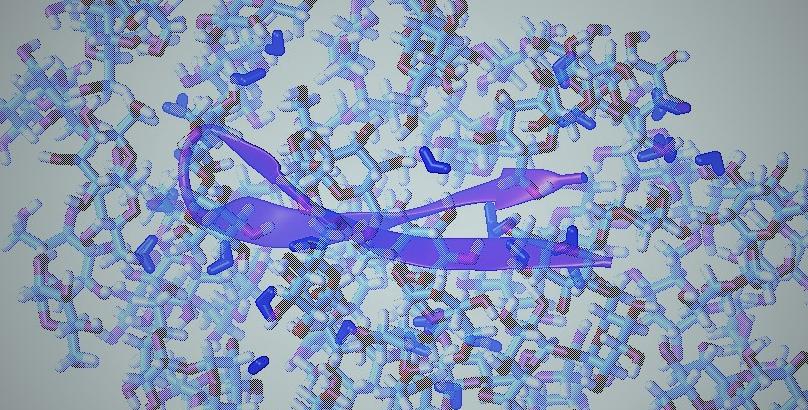Citation:
Abstract:
Designed to enhance the solubility of hardly soluble species in water, many excipient formulations for active drugs or other solutes contain two or more cosolutes. And yet, little is known about the mechanism through which excipients act in combination, and how the efficacy of each component toward drug solubility changes compared to when they are acting alone. Here we study aqueous mixtures of urea and inorganic salts and determine their efficacy to solubilize β-cyclodextrin, a cyclic carbohydrate and a key ingredient in many drug formulations. We show that the order in which the salts increased β-cyclodextrin solubility follows the Hofmeister series both in the presence and absence of urea. However, the solubility in many of the urea-salt mixtures is notably higher than the sum of the solubilities in each cosolute on its own, suggesting a synergistic effect between solutes. By determining the activity of urea and NaClO4, the combination showing the strongest synergy, we show that their remarkable solubility enhancement at high concentration is due to a strong urea-assisted accumulation of NaClO4 at the vicinity of β-cyclodextrin. We discuss the molecular interactions that lead to this induced accumulation of NaClO4. Our findings provide new insight into the mechanism of solvation by multiple cosolutes and should aid in the rational design of tailored excipient formulations.
Notes:


